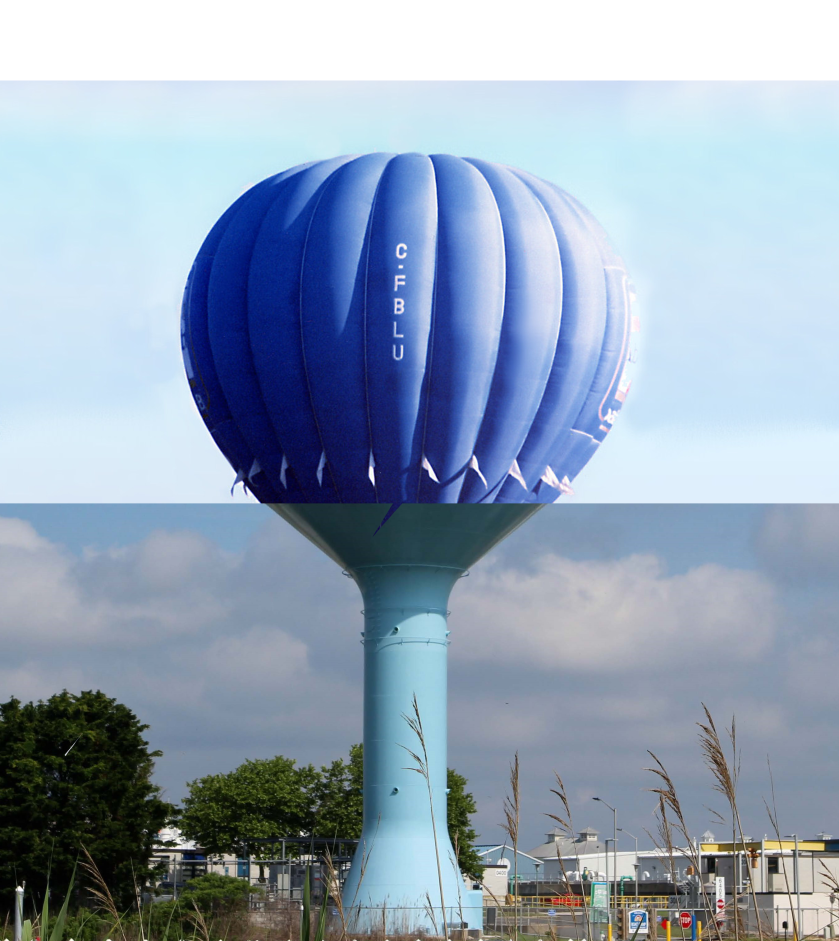You should be publishing your avatar sketches to your sites tonight (Sunday night). As of midnight, it looks like 7 or 8 of you have published your avatars, so I’ve started to load those on the Student Sites page.
In class on Tuesday, we’ll discuss parts one and two of “Adventures in Depression.” I’ll ask you to apply the rhetorical situation terms we talked about on Thursday to the texts.
In class on Thursday, we’ll spend the bulk of our time discussing the opening section of Stitches. As you read those first 50ish pages I would like you to consider the following questions:
- How does Small establish character and setting in the introduction?
- This chapter all takes place while David is 6 years old. What are the major subdivisions of the chapter though? You’ll probably decide that there are three (maybe four) major sections in these pages — what is the primary idea being conveyed by each section?
- Pick the single page that you find the most compelling or interesting or that you think is the most important in today’s reading. Describe the page in a few sentences. Why is it interesting or important?
We’ll also look at two chapters from Unflattening by Nick Sousanis, who drew Unflattening as his dissertation for Teachers College at Columbia University — it was the first comics dissertation ever and has since been published by Harvard UP and has won a bunch of awards. Sousanis took a job at San Francisco State University a couple of years ago and is building a comics studies program there.
Unflattening will serve as one of the theoretical frameworks for our analyses of comics. Be aware that this comic is probably a little more dense reading than you’ll find Stitches to be, so give yourself a little extra time to work through those 20 pages carefully. I’ll start off our discussion of Sousanis by asking you to consider how effective Unflattening is as an academic, philosophical argument. (Soon we’ll read another theoretical framing text, but in the form of a more traditional essay by Hillary Chute and I’ll ask you to consider how the two pieces are similar and different.) How do the words and images in Unflattening interact together? Is it different than what happens in Stitches?
Your second sketch assignment is due on Sunday 1/23 — for this one you’ll need to use analog tools to draw your sketch because you’ll be incorporating a physical object into the sketch. It’s an exercise in simple visual storytelling and lateral thinking, so have some fun with it. Please make sure to give your sketch a funny or clever title.
Also, you should be working on your literacy narrative, which will be due on Tuesday 1/25.







